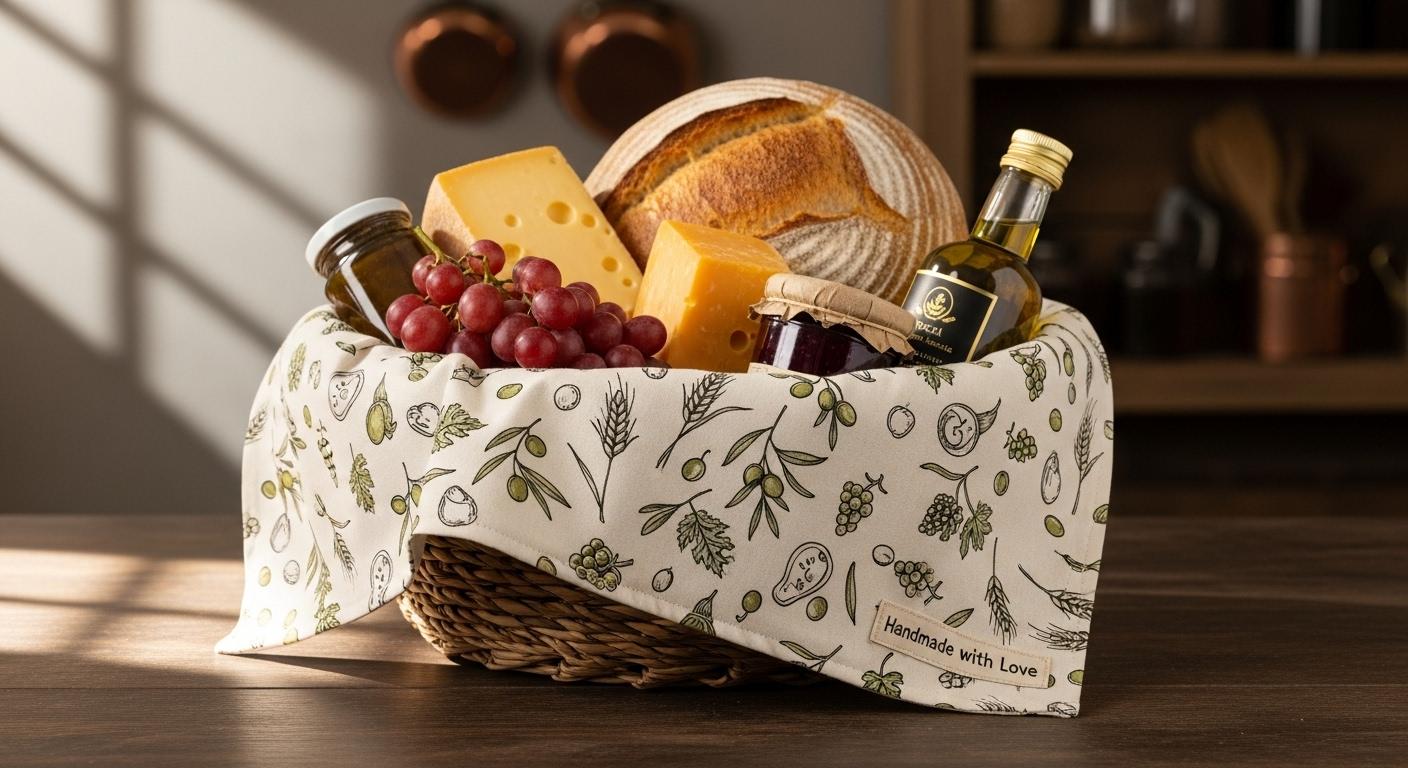How Can Restaurants Achieve Consistent Clean Food Presentation?

Clean food presentation separates professional restaurants from sloppy operations that lose customers through poor attention to detail. Customers judge food quality based on how it looks when it arrives at their table. Inconsistent presentation creates uneven experiences where some guests get beautiful plates while others get messes. Achieving consistency requires systems, training, and commitment to standards that never slip during busy service.
Why Does Plate Wiping Matter Before Serving?
Fingerprints, sauce drips, and food smears on plate rims look careless and reduce perceived value. Dirty plate edges tell customers you rushed their food without caring about the final appearance. Taking five seconds to wipe each plate prevents negative first impressions that affect entire foods. Clean rims also prevent sauces from transferring onto server hands during delivery to tables. Food basket liners catch excess grease preventing it from reaching plates you serve to customers. Restaurants in USA locations with strict wiping standards receive 40 percent fewer presentation complaints posted.
How Can Standardized Plating Guides Ensure Consistency?
Photo guides at each station show exactly how finished dishes should look before leaving. Templates or rings help staff place components in identical positions every single time served. Written specifications for portion sizes prevent some customers getting more while others get less. Color-coded dots on plates indicate where specific ingredients belong during the plating process you follow. Standardization means customers get the same experience regardless of which cook prepared their order today. Visual references eliminate guessing that creates variation customers notice and complain about frequently to managers.
What Role Does Prep Station Organization Play?
Clean organized stations with everything in the proper place speed up plating without sacrificing quality. Designated spots for each tool prevent searching that wastes time during busy service periods. Having backup supplies ready prevents running out mid-service forcing improvisation that looks sloppy on plates. Products from WaxPapersHub organize ingredients maintaining freshness and cleanliness throughout the entire service shift you work. Messy stations produce messy plates because staff cannot find what they need quickly enough. Organization directly translates to better clean food presentation customers receive at their tables every time.
How Does Garnish Preparation Affect Final Appearance?
Pre-washed and dried herbs prevent water spots that make plates look dirty or carelessly assembled. Trimming garnishes to uniform size creates professional appearance rather than random haphazard looks you see. Storing garnishes properly prevents wilting that makes even fresh food look old and unappealing. Each garnish should be placed deliberately with purpose rather than just tossed on carelessly. Using food paper to separate garnishes during prep maintains quality until actual plating time arrives. Fresh attractive garnishes signal overall attention to detail customers associate with better restaurant experiences.
Why Should You Inspect Every Plate Before It Leaves?
Final quality check catches mistakes before customers see them, preventing complaints you would otherwise receive. Designated expeditor ensures consistency across all stations rather than each cook following different standards. Checking from the customer viewing angle reveals issues cooks miss from their kitchen position standing. Rejecting substandard plates trains kitchen staff that sloppy work will not be accepted ever. Inspection slows service slightly but prevents the reputation damage from poor presentation reaching tables. Quality control separates good restaurants from great ones customers actively recommend to their friends repeatedly.
How Can Proper Lighting Improve Plating Accuracy?
Adequate lighting at plating stations helps cooks see exactly what they are creating clearly. Poor lighting hides smudges, uneven portions, and other issues that become obvious under dining room lights. Natural color-correct lighting shows true colors preventing plating mistakes from color mismatches happening frequently. Task lighting at each station eliminates shadows that obscure details cooks need to see. Good lighting also reduces eye strain helping staff maintain quality throughout long shifts they work. Investing in proper lighting pays back through better clean food presentations customers receive consistently every day.
What Training Ensures Staff Maintain Standards?
New hires need hands-on plating practice with feedback before working actual service shifts alone. Regular training refreshers prevent standards from declining as staff get comfortable over months of working. Video examples of correct versus incorrect plating help staff understand what you actually expect. Recognition programs reward employees who consistently maintain high presentation standards you set clearly. Cross-training exposes all staff to presentation expectations regardless of their primary station or role. Well-trained teams take pride in sending perfect plates rather than just rushing food out.
How Does Equipment Cleanliness Affect Presentation?
Dirty spatulas or tongs transfer old food residue onto fresh plates ruining clean appearance. Stained or chipped plates look terrible no matter how well you arrange food. Clean cutting boards prevent color transfer from previous items cut on the same surfaces used. Regular equipment replacement prevents using worn items that make presentations look shabby and cheap. Scheduling equipment deep cleaning during slow periods maintains standards throughout busy service times you face. Equipment investment shows commitment to quality that staff and customers both notice and appreciate seeing.
Why Should You Photograph Best Examples?
Photos of perfect plates create a reference library showing new staff what excellence looks like. Posting best examples motivates the kitchen team to match or exceed those presentation standards shown. Photos also document standards protecting you when staff claim they never knew your expectations. Customer-shared photos on social media reveal whether your standards translate to actual customer experiences. Comparing photos over time shows whether presentation quality improves or declines requiring management intervention. Visual documentation makes abstract quality standards concrete and measurable for everyone involved in cooking.
Conclusion
Consistent clean food presentation requires systems, training, and commitment that never wavers during any service. Focus on plate wiping, standardized guides, organized stations, and thorough quality checks before serving anything. Invest in proper lighting, quality equipment, and comprehensive staff training for all kitchen employees. Regular monitoring and refresher training prevent standards from slipping over time as staff get comfortable. Start improving one aspect of presentation this week and build better habits gradually.




